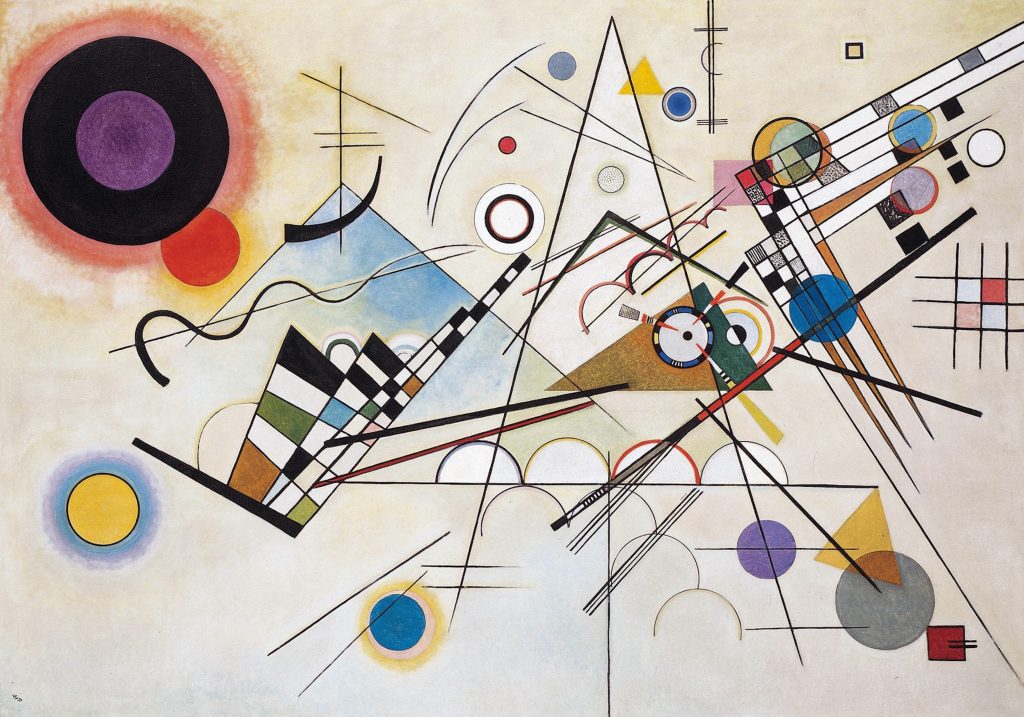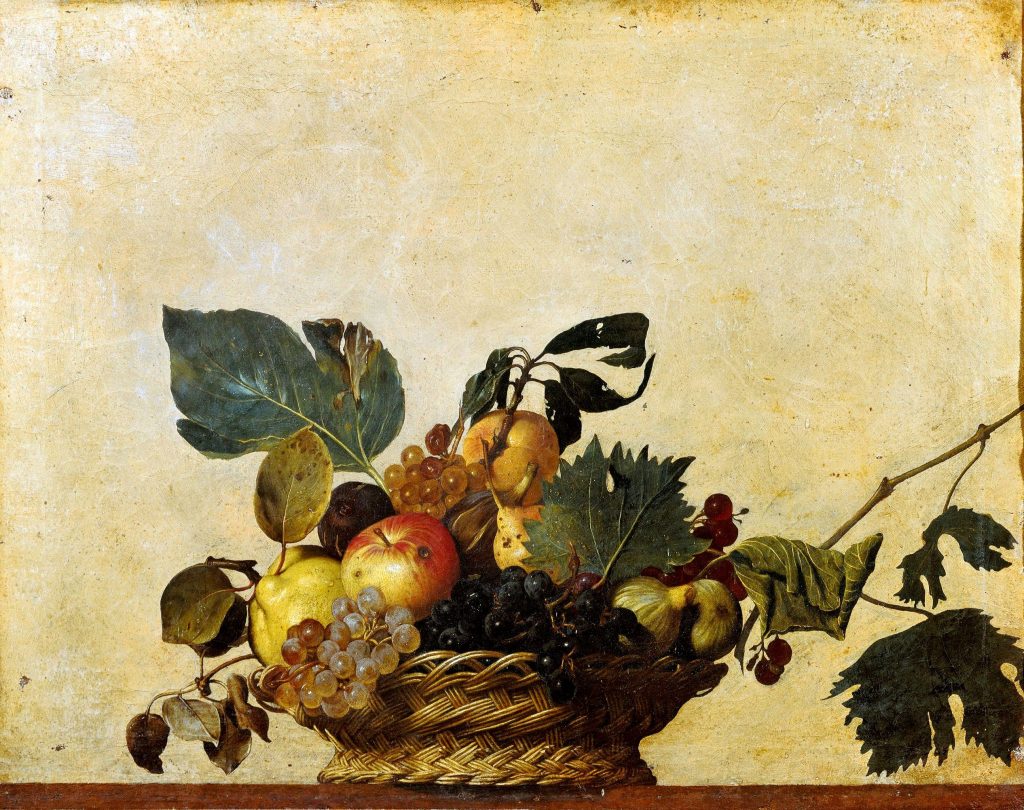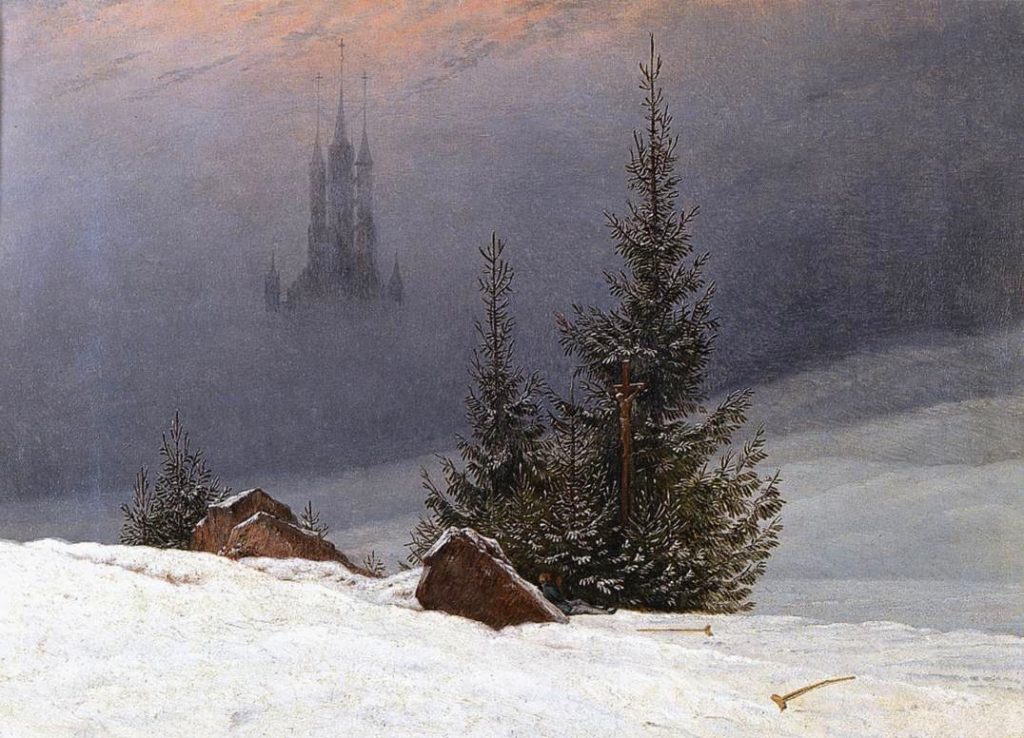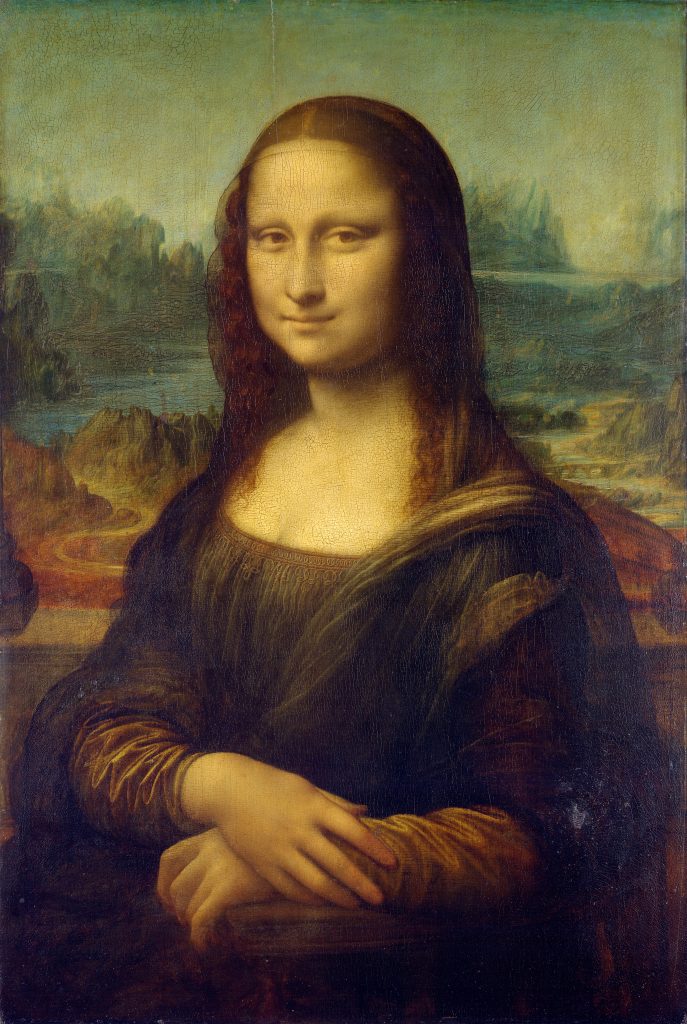Abstract Painting
Abstract painting is a genre of visual art that has gained immense popularity over the years. It is characterized by the use of color, form, line, and texture to create compositions that do not represent any recognizable object or subject. Instead, abstract paintings are expressions of the artist’s emotions, ideas, and perceptions, and invite the viewer to interpret the work through their own experiences and perspectives.
The origins of abstract painting can be traced back to the late 19th century, with the emergence of Post-Impressionism and Symbolism. However, it was not until the early 20th century that the genre really took off, with the rise of movements like Cubism, Futurism, and Expressionism. These movements rejected traditional forms of representation and sought to capture the essence of their subjects through abstraction.
One of the most influential figures in the development of abstract painting was Wassily Kandinsky. A Russian artist and art theorist, Kandinsky was one of the first painters to create non-representational art. His work was deeply influenced by his interest in spirituality and mysticism, and he saw abstract art as a way to transcend the material world and connect with the divine. His famous 1910 painting “Composition VII” is a prime example of his use of color and form to create a purely abstract composition.
Another important contributor to the genre was Kazimir Malevich. A Ukrainian artist, Malevich is best known for his work with Suprematism, a movement that sought to create art that was purely about the basic elements of painting – color, form, and texture. His famous 1915 painting “Black Square” is considered a seminal work of abstract art, and is often cited as an example of the reduction of painting to its most basic elements.
Piet Mondrian, a Dutch painter, was also a major figure in the development of abstract art. He believed that the essence of painting lay in the relationships between lines, shapes, and colors, and sought to create works that were both harmonious and visually dynamic. His famous “Composition with Red, Blue, and Yellow” (1930) is a prime example of his use of simple geometric forms and primary colors to create a balanced, abstract composition.
Other important contributors to the genre include Jackson Pollock, whose “drip” paintings of the 1940s and 50s are celebrated for their expressive use of line and color; Mark Rothko, who used large fields of color to create immersive, emotional experiences; and Joan Mitchell, who combined abstract expressionism with a deep interest in nature and the environment.
Today, abstract painting continues to be a vibrant and diverse genre, with artists from all over the world creating works that explore the boundaries of form, color, and texture. Whether through geometric abstraction, gestural painting, or other approaches, abstract artists continue to challenge our perceptions of the world around us, inviting us to see the beauty and complexity of the universe in new and exciting ways.






